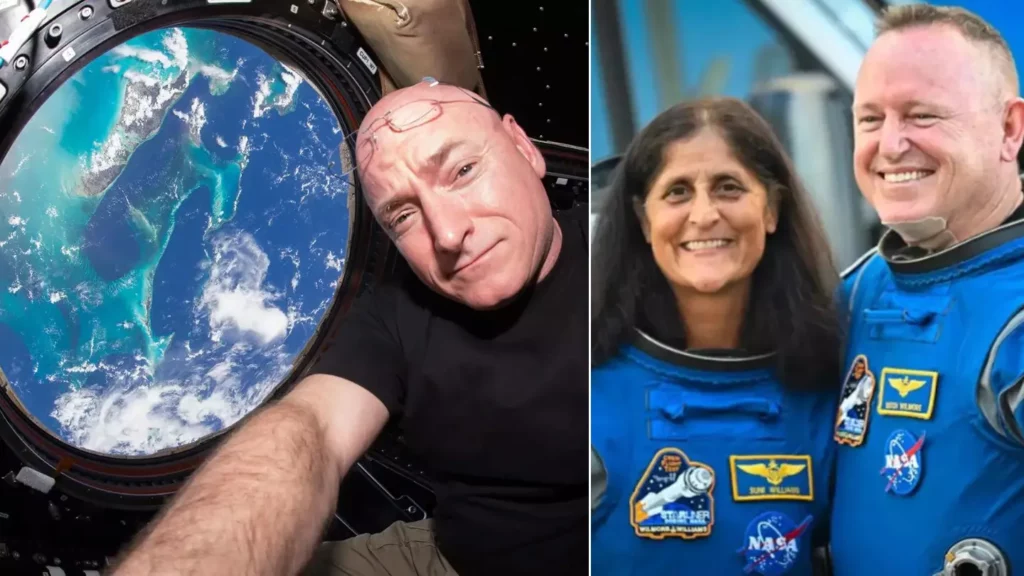Amid the wonders and difficulties of space travel, the experiences of astronauts enduring long periods in the cosmos offer valuable insights.
As NASA forges ahead in expanding the horizons of human space exploration, the firsthand experiences of these intrepid astronauts play a vital role in laying the groundwork for upcoming missions.
Scott Kelly, a former NASA astronaut, gained fame for his remarkable 340-day mission aboard the International Space Station (ISS) with Mikhail Kornienko. He provides a distinct viewpoint on extended space travel.
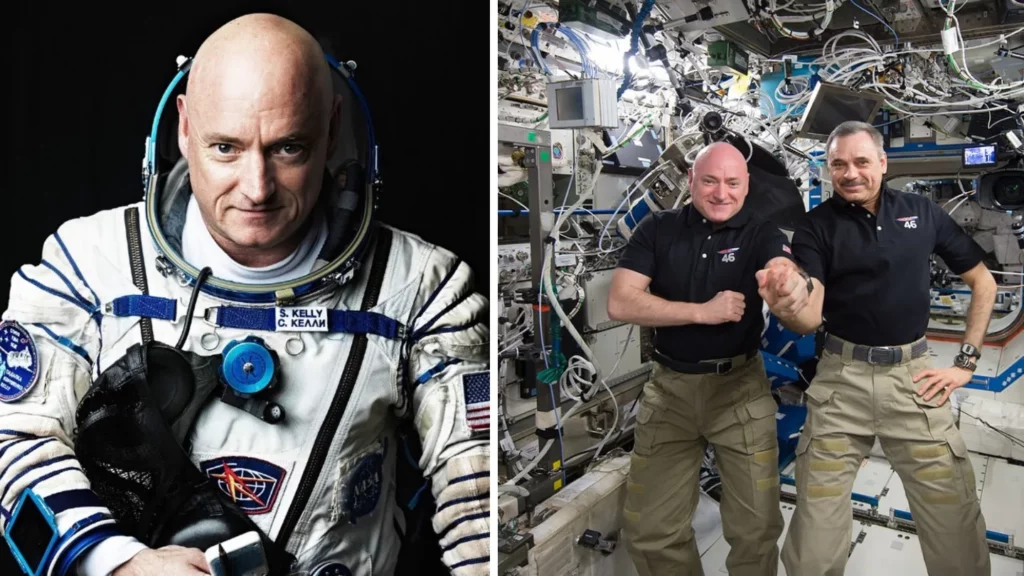
During the period from March 2015 to March 2016, Kelly and Kornienko were involved in a comprehensive research project to investigate the impact of prolonged exposure to microgravity on the human body.
This mission, which is expected to last as long as future Mars missions, is considered to be one of the most important studies on astronaut health and endurance.
Throughout their year in space, Kelly and Kornienko underwent a comprehensive series of tests, which have proven to be crucial for scientific progress.
The “One-Year Mission,” as it was known, involved 17 different investigations that looked at a variety of health-related topics, from changes in microbial communities on and within the astronauts to fluid dynamics in the body.
We conducted this extensive research with a focus on longer missions, such as those planned for Mars, which would last more than two years.
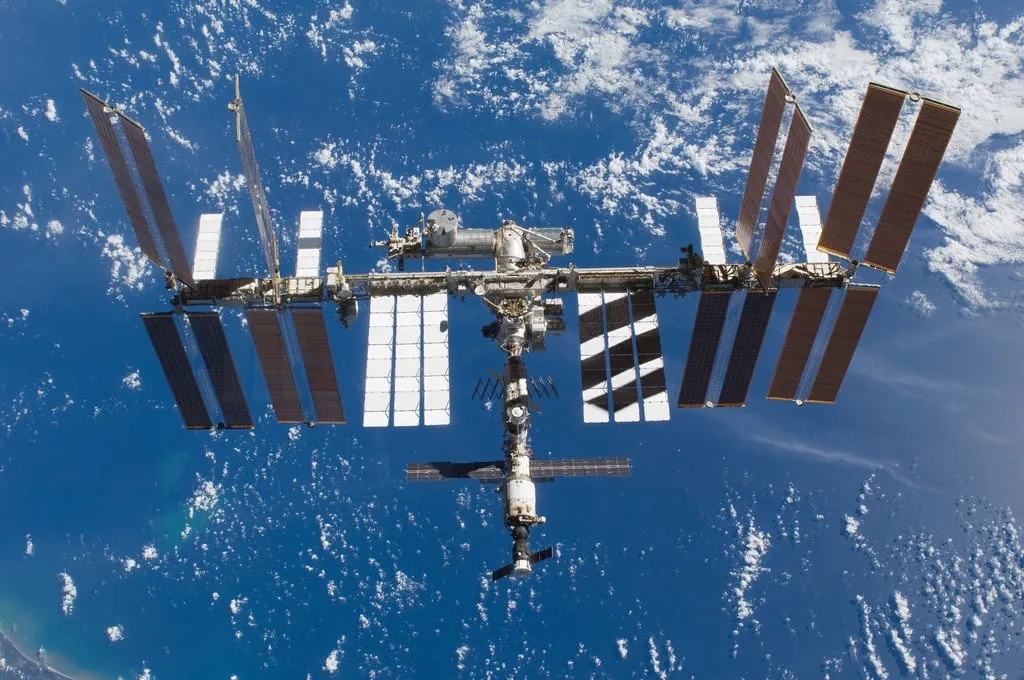
Despite the progress made in the scientific field, there are still many unanswered questions, mainly because of the lack of available data. Prior to Kelly’s mission, no American astronaut had spent more than six consecutive months in space, resulting in a significant lack of long-term spaceflight data.
Russia has had its fair share of long-duration missions on the Mir space station, where cosmonauts have spent up to a year in orbit. However, this information is not easily accessible to researchers worldwide. The practical aspects of living in space for extended periods also present distinct challenges.
Kelly describes the ISS as similar to a spacious four-bedroom house but filled with numerous items, emphasizing the balance between sufficient space and limited accommodations.
The living quarters may be compact, resembling small coffin-sized rooms, but they are surprisingly cozy, adorned with personal belongings and necessary equipment.
Kelly says we can manage the sense of claustrophobia that can arise from the isolation and environmental control required for space habitats.
What is truly lacking are the natural elements that we often take for granted, such as the gentle touch of a breeze or the invigorating scent of fresh air. Extended missions sorely miss these sensory experiences.
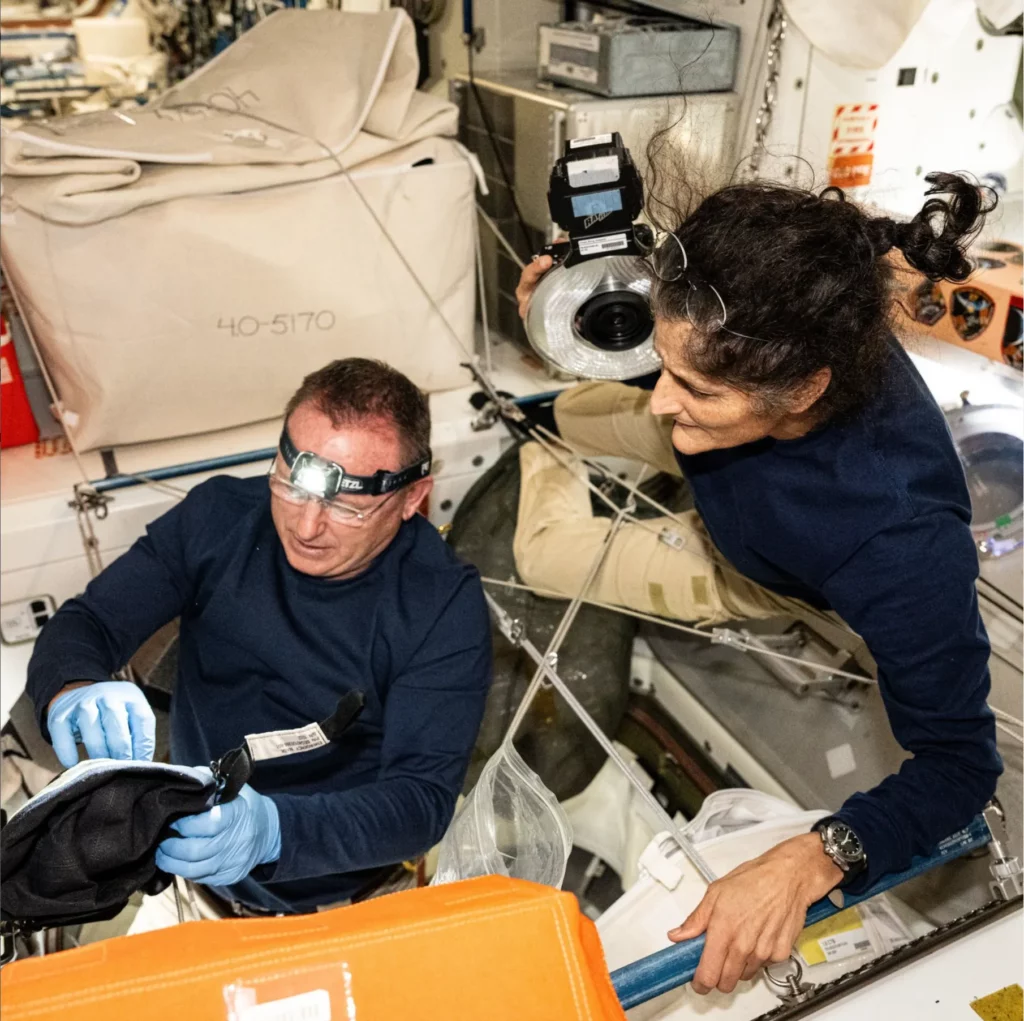
Recently, the situation faced by astronauts Sunita “Suni” Williams and Barry “Butch” Wilmore has shed light on the challenges of an extended stay in space. Their unexpected extension is due to mechanical issues with their Boeing Starliner shuttle, providing a real-time perspective on the matter.
Originally scheduled for an eight-day mission, unforeseen mechanical issues have caused a delay in their return, potentially pushing it back until February 2025.
Scott Kelly, who knows both astronauts from their time as Navy test pilots, expressed his belief in their capability to handle the prolonged duration.
According to Kelly, their extensive military and astronaut training, combined with their natural resilience, equips them to effectively handle such challenges.
He contemplates the strong bond and positive attitude among the astronaut corps, highlighting the importance of mental preparedness and flexibility for astronauts to thrive.
As the space community closely follows the progress of Williams and Wilmore, their experience highlights the ongoing necessity for strong psychological support and the significance of adaptable mission planning.
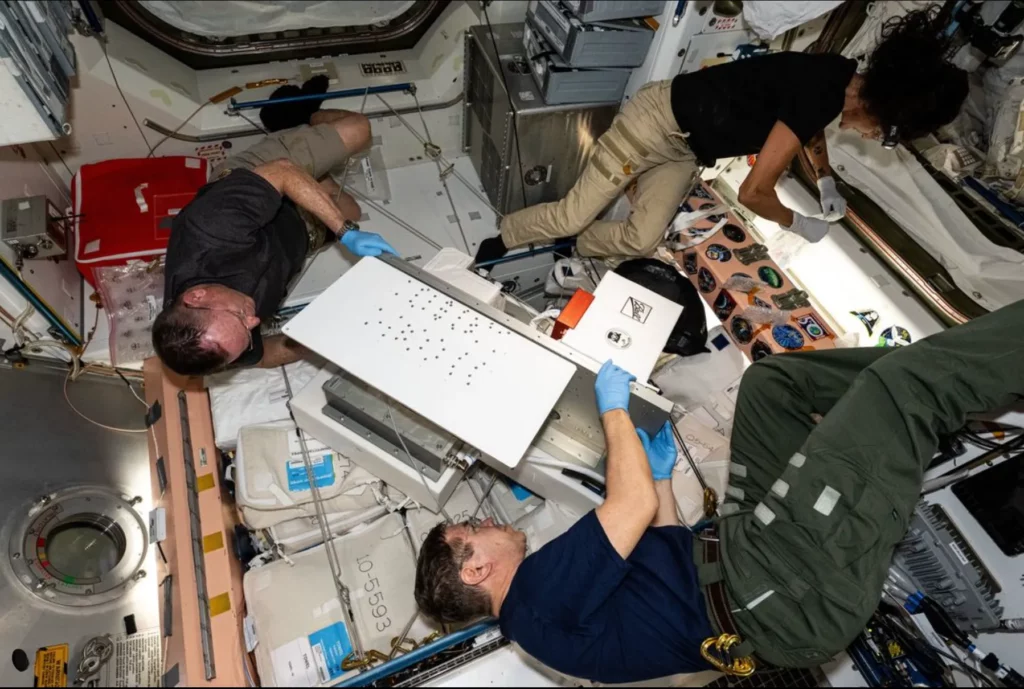
Their extended duration not only challenges the limits of human endurance but also provides valuable insights for future expeditions that may encounter similar delays and prolonged stays.
NASA has released a statement discussing contingency plans for the safe return of astronauts, highlighting the collaborative efforts within the spacefaring community.
Regardless of the obstacles, the unwavering determination to explore and push the boundaries of scientific progress remains at the forefront of these missions.
This captivating narrative of resilience and adaptability in the face of unexpected obstacles not only captures the attention of a worldwide audience but also greatly contributes to the advancement of humanity’s future endeavors in space exploration.

